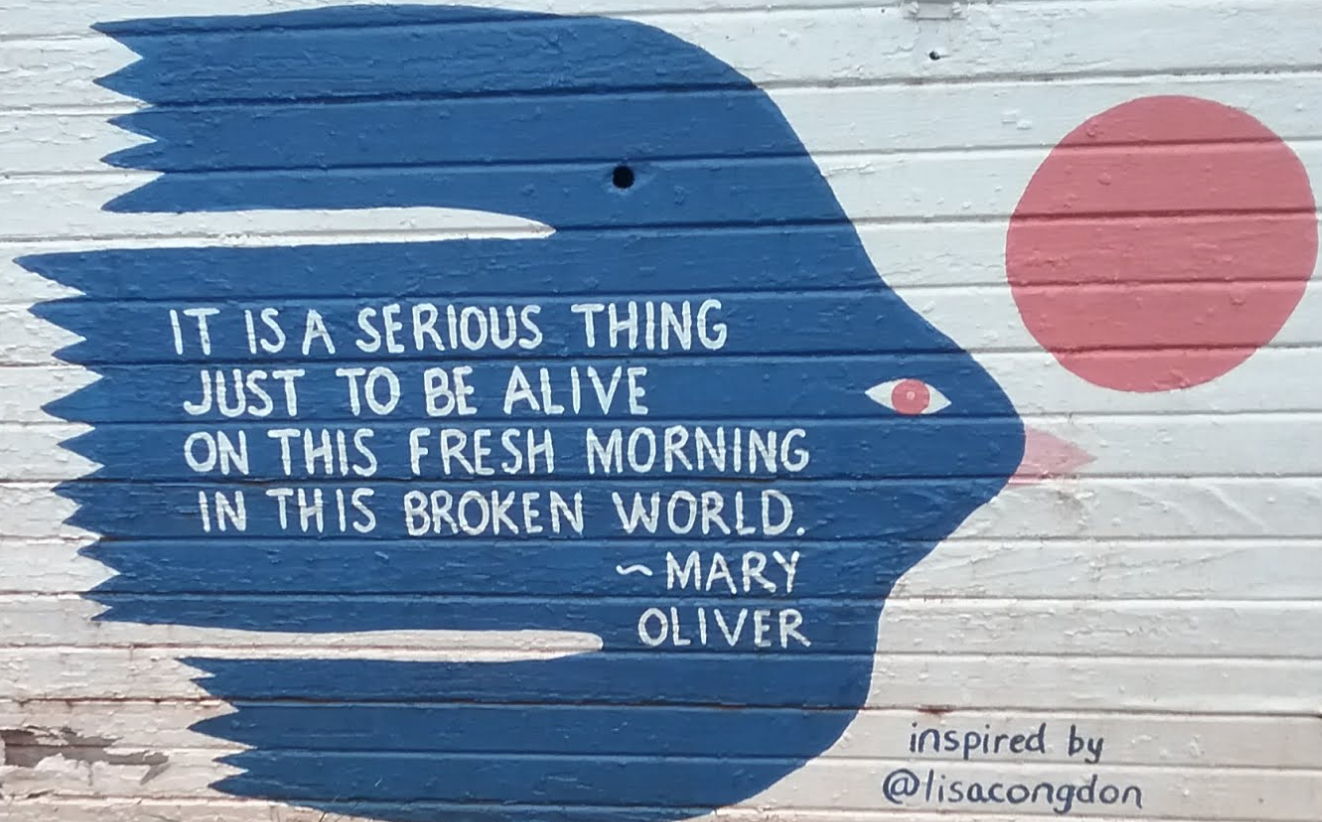Thank God for Science and Religion!

Sunday night I had a dream about anticipating a college science exam the next morning and being unprepared—unstudied of class notes and unread of class texts. It’s the standard post-school nightmare that I haven’t had for decades.
I guessed the cause was my plan to write this post Monday about Jeremy Narby’s book, Intelligence in Nature: An Inquiry into Knowledge, which I’ve referenced in two recent posts. There was a quote I needed to find which required my rereading all my underlined and checked segments—as it turned out, a delight for my morning prayers that day.
Those who know me as an activist, author, and minister may be surprised that in high school I was a member of Phy-Chem-Bios, my high school science club. What may surprise others, given the present (and I’d say ludicrous) divides between science and religion is that our faculty advisor was both science teacher and an evangelical Christian, one so dedicated that he had qualms about his future family inheritance of a nationally-known beer company, given his abstinence.
(One of my biggest “aha’s” reading Karen Armstrong’s A History of God was how scientists of times past were often people of faith, especially in Islam.)
The awesome insight I wanted to share with you was “that the human brain has many times more connections than stars in our galaxy” [p126]. That’s an “aha” from the inside out, or rather, way, way beyond!
The human brain…contains about one hundred billion nerve cells, or neurons. Each neuron can form thousands of links with other neurons [p126].
Furthermore, the brain is not limited to the skull. My gut alone contains about one hundred million neurons capable of learning, remembering, and responding to emotions, just like the larger brain in my head [p129]. … Having a gut feeling is not just a metaphor [p130].
Admittedly, this may be dated science, given the 2005 publication date, but it still gives me appropriate pause to wonder at the universe. I’ve remarked before about feeling the weight of billions of years of Big Bang stardust coalescing into stars and planets and systems that can give rise to life and its subsequent evolutions, including you and me.
I think of all the neurons I have wasted!
The word “religion” has a verbal ancestor meaning “to bind” together, and there are many ways to be bound—by conviction, community, commitment, commonality. For believers, Creation is added to the list.
Narby is not a creationist but rather appears to believe that matter and energy have a lifeward direction, life that requires inherent intelligence of some kind. And viewing other creatures as mere machines denies our material relationship with them, giving rise to exploitation, abuse, misuse, and more. Calling him a “shaman among scientists” [p49], Narby credits Darwin for demonstrating that relationship through his discernment of evolution.
Recent squabbles for “personal freedom” as science recommends wearing face masks and social distancing to prevent further spread of the novel coronavirus reminds me of the HIV/AIDS pandemic when a few, citing “pandemic fatigue,” claimed their personal freedom to ignore safe sex practices.
As an activist described this “right” to an audience, Roman Catholic scholar Daniel Helminiak became distraught and finally spoke out, “If you get infected, you will expect others to care for you, friends and family and volunteers, first responders and health care workers. And you will prompt rising costs of health insurance and health care that fewer will be able to afford.”
Religion and science remind us that we are all in this together, that we belong together, bound together in this marvelous universe and this most amazing life.
Visit Chris Glaser’s website here.
